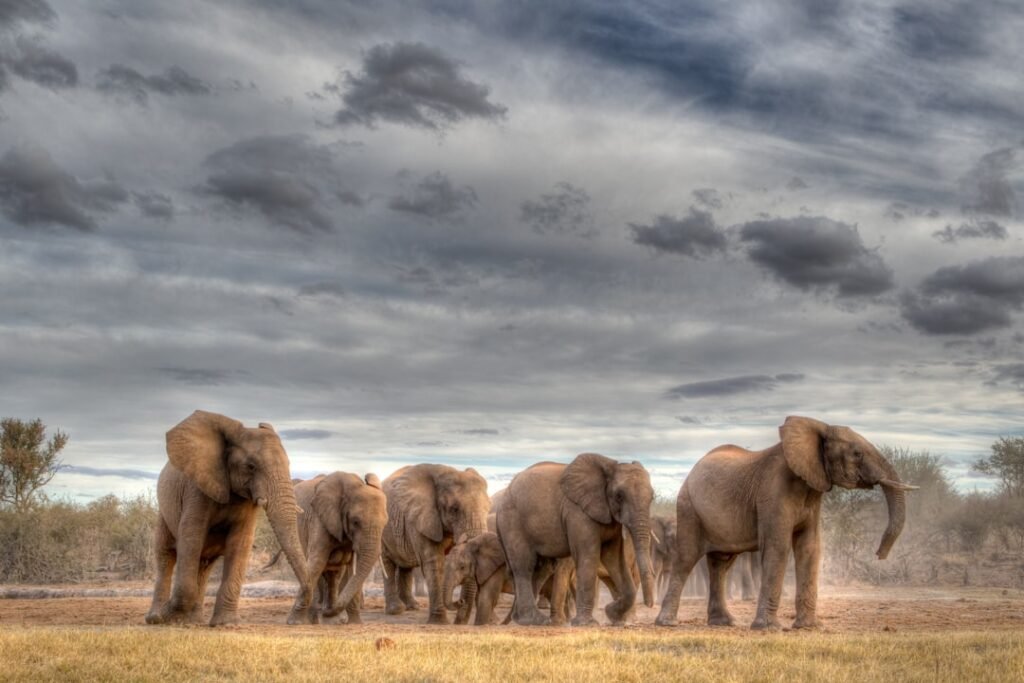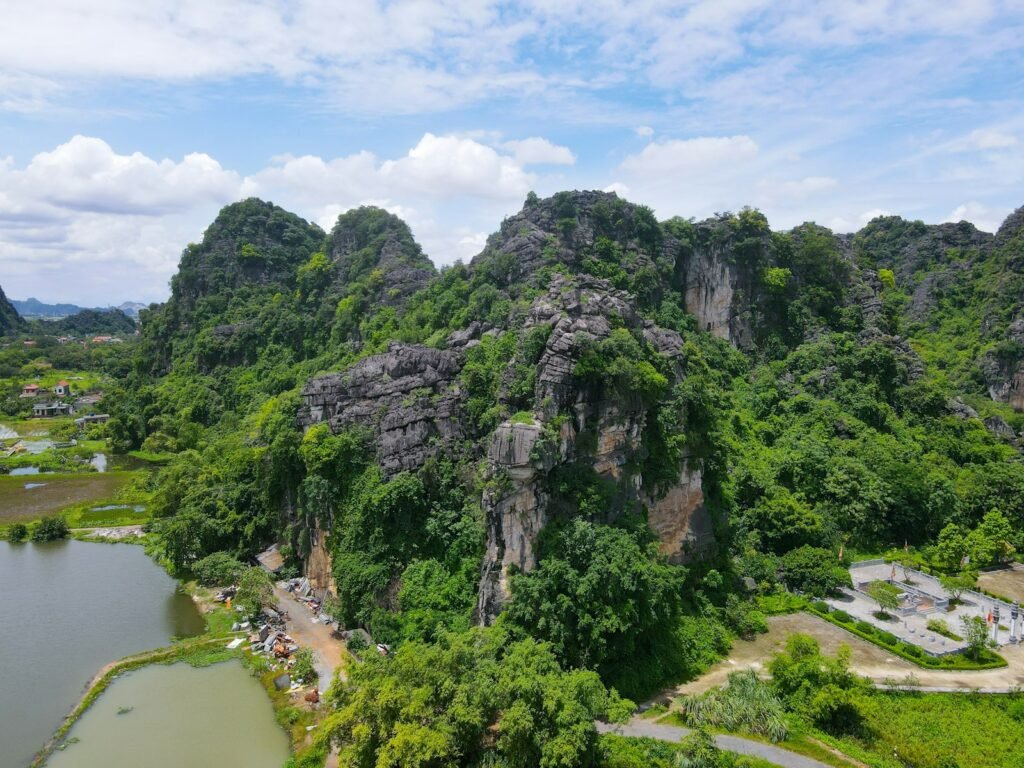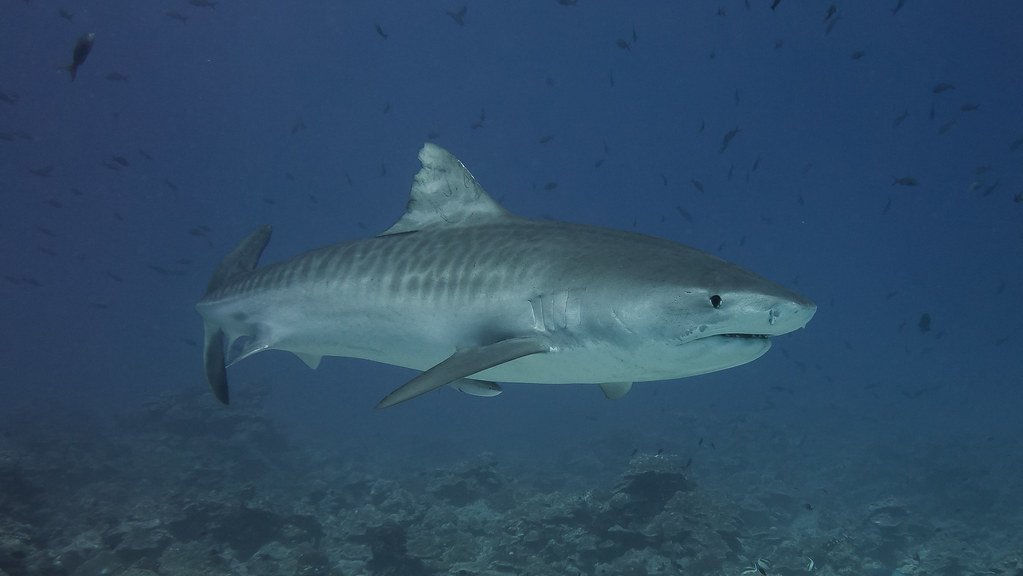Night falls on the Southern Bight and the water turns to polished slate, quiet enough to hear a gull’s wingbeat. Somewhere beyond the surf line, small great white sharks cruise a warm, sandy corridor that scientists long suspected existed but couldn’t delineate. The mystery has never been the sharks themselves – people see them – but the invisible architecture that makes a nursery work year after year. Now, researchers are pointing sound at the seafloor and listening for patterns in echoes to reveal how this hidden place is built. It’s a story about silence doing what sight could not, and about how new acoustic maps are reshaping what we thought we knew about the early life of an apex predator.
The Hidden Clues

What if the quietest stretch of ocean hides the loudest truth about where young white sharks grow up? The nursery is not a single dot on a map; it’s a mosaic of warm pockets, sandbars, and gentle currents stitched together by prey. Active sonar turns that quilt into measurable shapes, showing shallow benches that corral small fishes and rays, and troughs that offer quick exits when bigger predators glide through. Those shapes repeat along the coast like a musical refrain, and where the chorus gets stronger, juveniles linger. When researchers overlay these acoustic “blueprints” with sightings and tag detections, the same neighborhoods light up again and again.
I remember standing on a fogged-in pier near dawn, watching lifeguards point to smooth water beyond the breakers. The surface gave away nothing, but a multibeam survey from the night before revealed a clean sandbar with a leeward eddy – almost a nursery’s front porch. It felt like reading braille after years of squinting at a blank page. That sensation – of a map suddenly speaking – runs through every new survey of ’s nearshore.
From Ancient Tools to Modern Science

For generations, our best shark maps were stories: fishers’ logs, beach observations, and memory. Aerial surveys added a bird’s-eye view, but glare, waves, and weather masked the fine structure that separates a random hangout from a true nursery. Early sonar offered hints, yet narrow beams and coarse resolution turned the coastline into broad strokes. Today’s multibeam echosounders, paired with side-scan and sub-bottom profilers, capture the seafloor in crisp, meter-scale detail and even tease out the texture of sand versus cobble. That leap lets scientists track how nursery features shift after winter storms or marine heatwaves, rather than guessing from shoreline cues.
Crucially, acoustic mapping now sits inside a larger toolkit. Fixed acoustic receivers listen for tagged sharks, drones spot juveniles in clear water, and temperature loggers record the warm tongues that young sharks favor. When these streams merge, the story tightens: habitat first, sharks second, behavior last. The timeline flips the old approach on its head – map the stage, then watch the actors.
How Sonar Sees a Nursery

Multibeam sonar fans thousands of sound pulses across the bottom, measuring return time and intensity to build bathymetry and backscatter mosaics. Bathymetry sketches every rise and hollow, while backscatter shades in what the seafloor is made of, from fine sand to coarse gravel. Side-scan sonar flies staggeringly close to the bottom and paints photo-like images of ripples, kelp patches, and the edges of buried river mouths. In the upper meters of the water, fisheries sonars pick out bait balls and the ray schools that juvenile whites love to ambush. Layered together, these outputs show where food, shelter, and thermal comfort align.
Scientists also tow acoustic Doppler current profilers to map nearshore flows that can trap warmth like a blanket on cool mornings. Sub-bottom profilers add the third dimension below the sand, revealing buried paleochannels that concentrate prey. None of this is guesswork: repeated passes across seasons show which features persist and which dissolve with the first big swell. The nursery emerges not as a hunch but as a resilient pattern etched in sound.
The Seafloor Story Beneath Juvenile Hotspots

Along Southern ’s beaches, sonar charts often resolve a shallow bar, a protected inner trough, and a gentle slope that deepens just offshore. Juvenile white sharks tend to patrol that inner trough, where water runs a little warmer and stingrays graze on buried invertebrates. Acoustic backscatter highlights the fine sand beds that rays prefer, and fisheries sonar confirms their gatherings at dawn and dusk. When a submarine canyon bites close to shore, the pattern shifts: prey pulses along the canyon lip and juveniles time their passes like commuters hitting a freeway on-ramp. Those structural clues help explain why certain miles of coast see juveniles for weeks while similar-looking beaches remain quiet.
After winter storms, new mapping sometimes shows the bar flattened or the trough scoured into two lanes. Juveniles don’t vanish; they adjust, using the fresh contours like temporary detours. By spring, surveys may capture the bar rebuilding and prey returning, a seasonal renovation that repeats with surprising fidelity. In that cycle lies the first practical definition of a nursery: a place that offers young sharks reliable resources through change, not just a random calm day.
Why It Matters

Knowing the exact shape of a nursery turns broad policy ideas into precise actions. Lifeguards and coastal managers can place warning signs or adjust swim zones based on where a warm trough typically forms, rather than reacting to chance sightings. Fishery planners can time gear restrictions in windows when juveniles predictably hunt close to shore, reducing bycatch without blanket bans. Scientists can test climate signals more cleanly, asking how a marine heatwave shifts a sandbar’s position, then watching juvenile presence follow – or not. This is the difference between counting sharks and understanding the stage that produces them.
There’s also a deeper scientific payoff. Nurseries are the hinges of population recovery, and their health echoes up the food web. By comparing sonar-derived nursery structure across years, researchers can separate normal coastal remodeling from human-driven change. That evidence supports smarter coastal engineering and more targeted conservation, the kind that respects beach life without pretending the ocean stands still.
Global Perspectives

is not alone: around the world, shark nurseries often hide in plain sight along sandy arcs and gentle estuaries. Acoustic mapping has helped reveal juvenile corridors in Australia’s temperate bays and along parts of South Africa’s dynamic coastline, where currents and sandbars redraw the blueprint each season. While species differ, the themes repeat – shallow warmth, prey-rich flats, and nearby deeper water for quick exits. By comparing ’s maps with those abroad, researchers can look for universal signatures of nursery resilience. Those fingerprints matter as coastlines warm and storms intensify, testing whether nurseries shift gradually or jump to new addresses.
Cross-hemisphere collaborations are coalescing around shared acoustic standards and data formats. That might sound wonky, but it means a multibeam mosaic from one coast can be meaningfully compared to another’s, accelerating learning. When a hot spot in fades or a new one appears in an unexpected bay, scientists elsewhere can check their records and see if similar transitions followed the same cues. Patterns emerge faster when the maps talk to each other.
The Future Landscape

The next wave is autonomy: uncrewed surface vessels and small autonomous boats that can quietly remap nurseries after every storm without tying up a research ship. Machine learning is already helping sort backscatter textures into habitat classes that match prey fields and shark behavior. Wideband chirp sonars, which sweep through frequencies, can better distinguish soft mud from fine sand and resolve subtle ripples that shape microcurrents. Cabled coastal observatories may soon stream real-time temperature and current data across mapped troughs, turning static charts into living dashboards. Tie those feeds to shark tag detections and you get near-real-time nursery forecasts, a coastal weather report for wildlife and people.
There are challenges: minimizing noise in busy nearshore waters, protecting marine mammals, and navigating crowded beaches with survey gear. Data governance matters too – who gets access, how it’s used, and how communities are included when “their” stretch of coast becomes a research anchor. But the arc points forward. Each season brings crisper maps, richer models, and a clearer sense that listening to the seafloor is one of the fastest ways to learn how to share it.
Ground Truth: Tags, Drones, and eDNA

Sound maps the stage, but field checks confirm the cast. Acoustic receivers pick up tagged juveniles slipping along mapped troughs, and aerial drones verify shapes stirring just inside the surf line. Environmental DNA samples add a quiet stamp of presence, detecting shed cells that drift through the same warm lanes highlighted in sonar. When all three agree – map, tag, and DNA – the confidence jumps from plausible to persuasive. That triangulation also catches surprises, like juveniles using a newly cut channel after a storm, a move that a map alone might miss for a week.
Ground truthing does more than validate; it refines. If tags show juveniles avoiding a corridor rich in prey, scientists dig into the acoustic record to see if currents or temperature undercut the appeal. If drones spot frequent rays outside the modeled hotspot, mappers check whether a subtle bar was missed in rough weather. The feedback loop tightens the model with each pass, and the nursery’s outline grows sharper without pretending it’s static.
How You Can Help

You don’t need a research boat to make a difference. Give wildlife a wide berth when juvenile advisories are posted, and share the beach with respect – moving calmly, avoiding drone flights over schools of fish, and heeding lifeguard guidance. Support community science programs that log wildlife sightings or host beach walks with trained naturalists; those small data points help confirm where nurseries breathe. Consider backing university labs and coastal nonprofits that maintain receiver arrays and nearshore monitoring gear; steady funding keeps the maps current. And when you talk about sharks, emphasize evidence over sensationalism so neighbors learn that intelligence – not fear – keeps everyone safer.

Suhail Ahmed is a passionate digital professional and nature enthusiast with over 8 years of experience in content strategy, SEO, web development, and digital operations. Alongside his freelance journey, Suhail actively contributes to nature and wildlife platforms like Discover Wildlife, where he channels his curiosity for the planet into engaging, educational storytelling.
With a strong background in managing digital ecosystems — from ecommerce stores and WordPress websites to social media and automation — Suhail merges technical precision with creative insight. His content reflects a rare balance: SEO-friendly yet deeply human, data-informed yet emotionally resonant.
Driven by a love for discovery and storytelling, Suhail believes in using digital platforms to amplify causes that matter — especially those protecting Earth’s biodiversity and inspiring sustainable living. Whether he’s managing online projects or crafting wildlife content, his goal remains the same: to inform, inspire, and leave a positive digital footprint.




